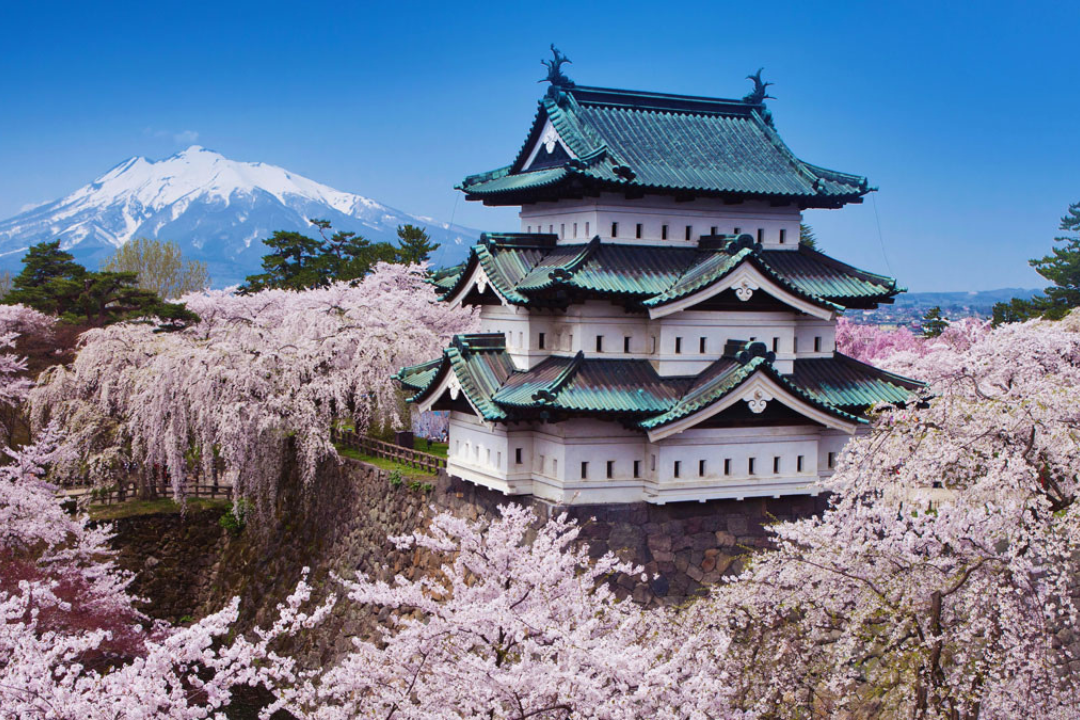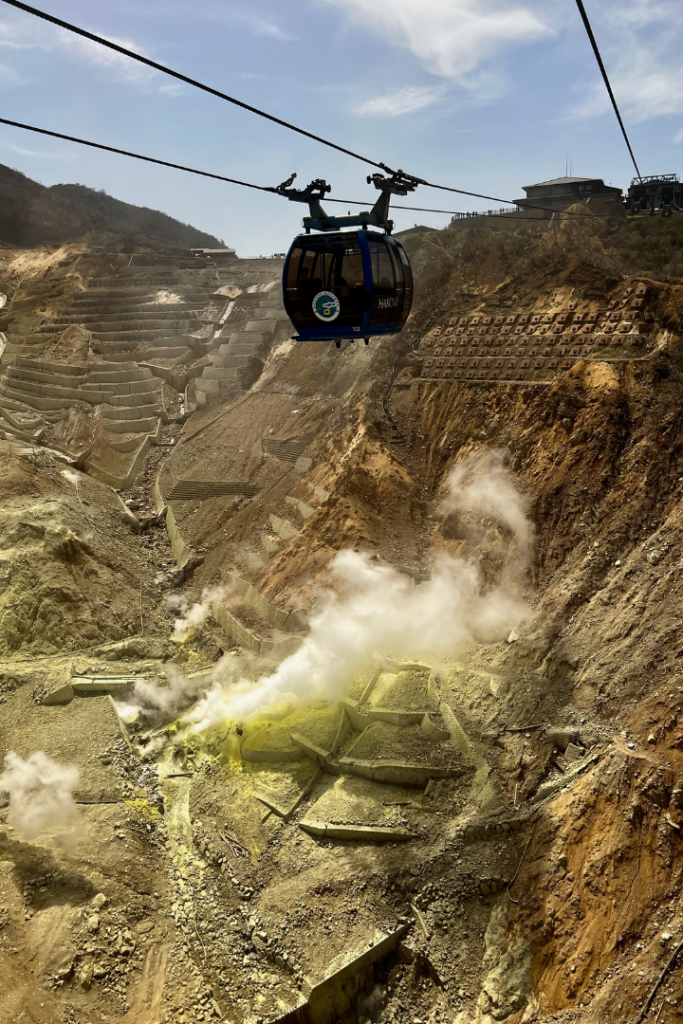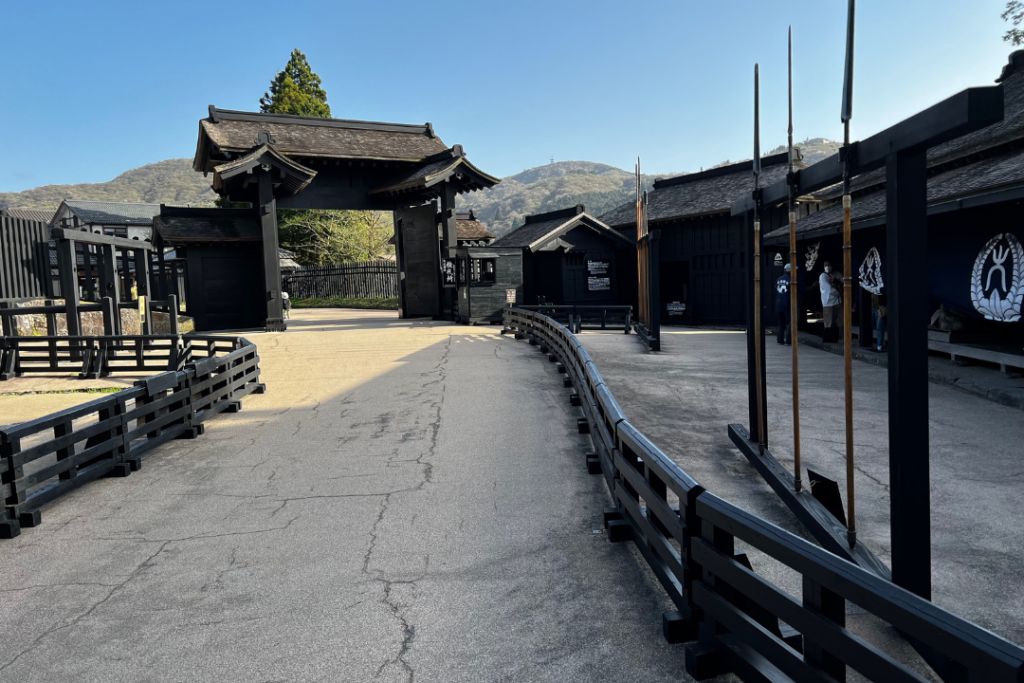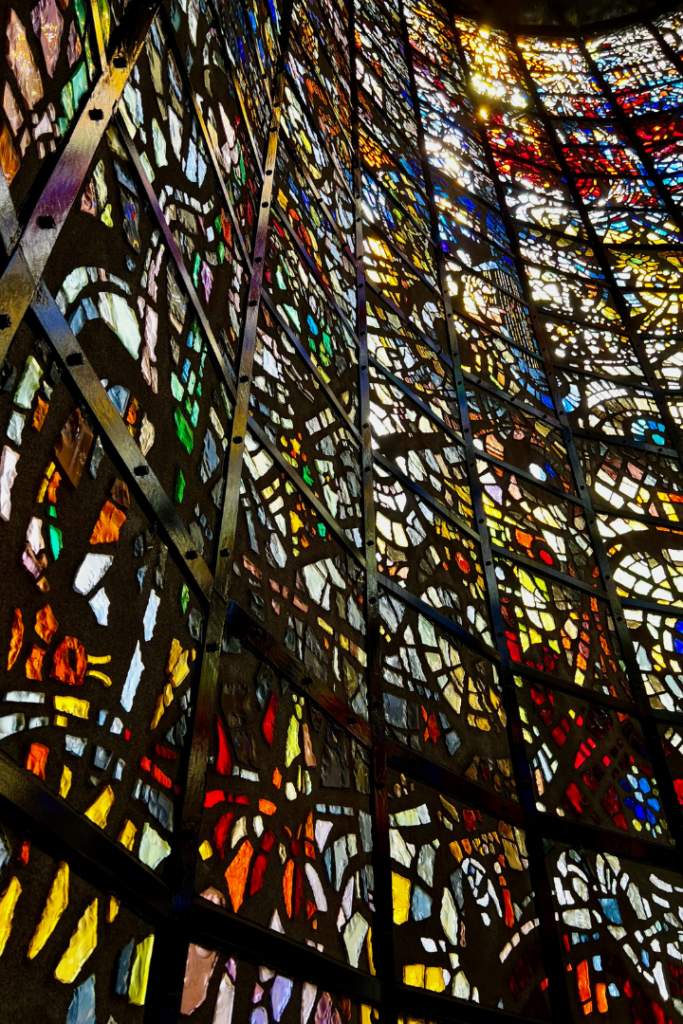Hakone, Japan, is a breathtaking destination that captivates your senses and leaves you in awe of its natural beauty. Nestled in the heart of the Fuji-Hakone-Izu National Park, this small town is known for its picturesque landscapes, hot springs, and rich cultural heritage. But what truly sets Hakone apart is its Cherry Blossom season, when the town is transformed into a pink and white wonderland.
INTO THE PINK AND WHITE WONDERLAND OF HAKONE
Imagine strolling through a peaceful park in the heart of Hakone, Japan, on a warm spring day. Walking down a path, you are by a sea of pink and white flowers blooming in unison. The delicate blossoms of the Sakura trees create a canopy of beauty overhead, casting a soft pink hue over the landscape.
The air is filled with a sweet floral fragrance, and the soft petals gently fall like snowflakes around you.
The scenery around you is breathtaking, with the snow-capped Mount Fuji visible in the distance.
As you continue walking, you will notice that every park corner is adorned with cherry blossoms, creating a stunning pink and white wonderland. The peaceful surroundings and the natural beauty of the cherry blossoms develop a sense of serenity, making you forget all the stress and worries of daily life.
In the evening, the park is illuminated with soft lights, transforming the scenery into a magical wonderland. The cherry blossoms glow dimly, creating a peaceful and calming atmosphere.
This is the magic of Hakone, Japan’s cherry blossom season, when nature paints a stunning picture for all to see. It’s an experience that will leave you in awe of the beauty of the world around us and a memory you will cherish forever.
HAKONE: BEAUTY BEYOND THE CHERRY BLOSSOMS
One of the most exciting and scenic experiences is taking a train ride through the town and its surrounding areas. The trains in Hakone are not just a means of transportation; they are a journey in themselves, taking you on a scenic tour of the town’s stunning landscapes, from the lush greenery to the magnificent views of Mount Fuji.
Romancecar Express
Take the Romancecar Express train that offers a premium journey through Hakone, with comfortable seating and panoramic views of the town’s scenic beauty. The train ride takes you through tunnels, over bridges, and past stunning vistas, giving you a truly memorable experience.
The cable car and ropeway to Owakudani Valley
The Owakudani Valley is a must-visit destination. This stunning valley is known for its breathtaking views of the surrounding mountains, hot springs, and volcanic activity. And the best way to experience this natural wonder is by taking a cable car and a ropeway ride through the valley.
The cable car and ropeway ride are an experience, with the vehicles and gondolas offering panoramic views of the surrounding landscape. The ride is smooth and comfortable, with ample seating and large windows for the pictures. As you glide over the valley, you can see the volcanic activity and steam rising from the hot springs, creating a sense of awe and wonder.
Owakudani, situated in the Hakone region to the west of Tokyo, is a valley with active volcanic activity. Referred to as “Jigokudani” (meaning “the Valley of Hell”) by the locals, it is popular for its unique black eggs that are boiled in the sulfuric waters, resulting in a distinct coloration of the eggshells. According to the locals, This is meant to give you seven more years of life if you eat one.
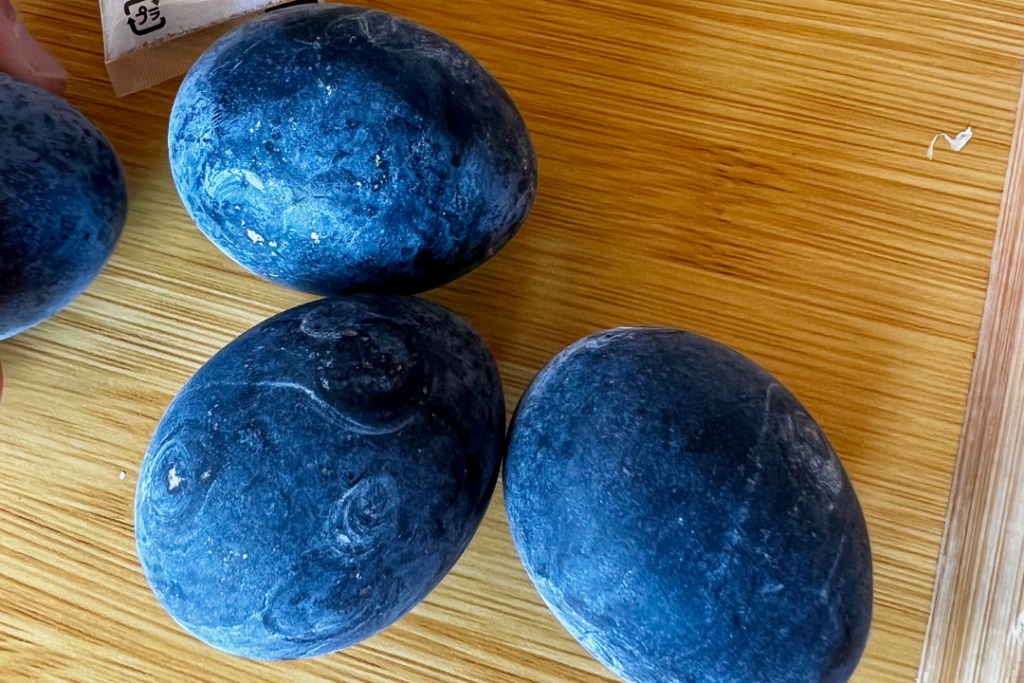
Black eggs cooked in volcanic steam. This is meant to give you seven more years of life if you eat one. Photo credit Cindy Dykman
Lake Ashi’s Tranquility: A Crater Lake in the Shadow of Mount Fuji
Lake Ashi is a scenic crater lake in the heart of Hakone, Japan. It is a popular destination for tourists seeking natural beauty and serenity, surrounded by lush green forests and the magnificent Mount Fuji.
One of the most popular ways to explore Lake Ashi is by taking a leisurely boat ride across its pristine waters. The boat ride offers stunning views of the lake, with its crystal-clear waters reflecting the surrounding mountains and the clear blue sky. As the boat glides through the tranquil waters, you can feel a sense of calm and peacefulness away from the hustle and bustle of the city.
OLD TOKAIDO AND HAKONE CHECKPOINT
In the past, Hakone played a significant role as a checkpoint for regulating the movement of people and goods along the Tokaido, a road that connected Kyoto and Tokyo in the feudal era of Edo.
A small segment of the old Tokaido route flanked by cedar trees and a replica of the Hakone Checkpoint can be found near Lake Ashinoko, between Moto-Hakone and Hakone-machi.
After a three-year construction, the Hakone Checkpoint was reconstructed to its original design in 2007. The checkpoint now features gates, fences, barracks for officers and soldiers, a prison cell, and a watchtower, all matching the original appearance. The Hakone Sekisho Shiryokan Museum, which displays various related exhibits, is nearby.
One can stroll the old Tokaido, also known as Kyu-kaido, from Moto-Hakone to Hakone-Yumoto. The route still has some original stone pavement, and the best-preserved part runs from Moto-Hakone to Hatajuku, which takes 75-100 minutes to walk. Along the way, visitors can stop by the Amasake Chaya, a tea house that serves amazake and various Japanese-style snacks.
Beyond the Amasake Chaya, a small museum is free to enter and showcases life-size replicas to explain the purpose and lifestyle along the long road to Tokyo. However, between Hatajuku and Hakone-Yumoto, which takes around 90-120 minutes to walk, the trail follows the road and is not particularly picturesque or pleasant due to car traffic and the lack of pedestrian sidewalks.
THE EXCEPTIONAL HAKONE OPEN AIR MUSEUM
The Hakone Open Air Museum is an outdoor museum dedicated to a world-class display of sculptures in serene, beautiful, and natural surroundings.
The Picasso Exhibition Hall – The Most Famous Exhibition at the Museum
The indoor display that stands out the most is a compilation of artworks by Pablo Picasso. The collection comprises over 300 pieces created by Picasso, encompassing various art forms such as oil paintings, prints, sculptures, ceramics, and gold pieces. The exhibit is categorized into themes such as childhood, sexuality, life, death, and Picasso’s enthusiasm for bullfighting.
Symphonic Sculpture by Gabriel Loire – The Most Popular Artwork at Hakone Open Air Museum
At Hakone Open Air Museum, one of the most sought-after artworks is Gabriel Loire’s Symphonic Sculpture. The sculpture is a tower made of vividly colored stained glass, enclosing an 18-meter circular staircase that leads to an observation deck offering breathtaking views of the park and the mountains around it.
The technique employed by Loire in creating the stained glass, known as “slab glass,” is much thicker and sturdier than the stained glass used during the Middle Ages. This technique allows for deeper and more vibrant colors, especially when illuminated by bright sunlight.
Gabriel Loire’s most remarkable work after World War II is in Saint Paul’s Church in Whiteinch, Glasgow. The work features 162 square meters of curved windows embedded with chipped glass and set in cement.
Sculptures by Henry Moore
Whether you’re a nature lover, art enthusiast, or simply seeking a peaceful getaway, Hakone is the perfect destination. So pack your bags, grab your camera, and prepare to be enchanted by the stunning beauty of Cherry Blossom season in this charming town. Let Inspired Travel Designs take you on this fantastic journey. Let’s chat!
Produced by Inspired Travel Designs with Hakone-japan.com and Virtuoso Travel




